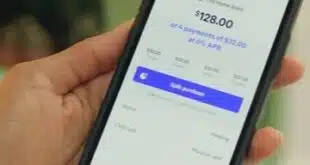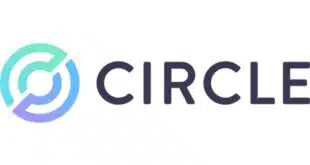Step one for Hyundai Pay, the in-car payment service debuting in the 2024 Kona crossover, is enabling payments for parking while sitting in the driver’s seat. Step two is broadening its capabilities and making it an integral part of the vehicle, Olabisi Boyle, Hyundai Motor North America vice president of product planning and mobility strategy, tells Digital Transactions News.
Announced Wednesday, Hyundai Pay is further refinement of an earlier effort from Hyundai to offer an in-car payment service. In 2018, Hyundai said it was developing an in-car wallet that could be used for payments. Now, the latest iteration of Hyundai Pay will be able to use the app to locate, reserve, and pay for parking at 6,000 locations in the United States through a partnership with connected-car services provider Parkopedia.
Years following the first attempt, Hyundai Pay is viewed as an integral part of the car. “And while we are starting with parking, this payment system is about more than that. It’s about having payments as an integral part of future in-car use cases. At Hyundai, we are planning for the long-term and planning to have this payment technology as a part of the vehicles’ tech stack foundation,” Boyle said in an email.

What’s changed, and factoring into this outlook, is the role of digital transactions in commerce. “Society is facing increasing demands, uncertainty, and volatility, and consumption is becoming increasingly digital,” Boyle says. “As such, our customers are looking for ways to bring versatility, convenience, and security into their busy lives while extending their digital reach. Hyundai Pay is being introduced to the market at this time to ease our customers’ daily journey needs and to enable a wide range of rapidly evolving use cases.”
Payments technology also has evolved in the past few years with advances in tokenization and the proliferation of cloud interconnectivity. Boyle, a former Visa Inc. executive who worked at Fiat Chrysler Automobiles, now known as Stellantis, and at Ford Motor Co., says her experience at Visa formed a critical understanding of in-car payments.
“During my time at Visa, I learned about the importance of building the right foundation for your technology stack that allows you to bring new tools to your customers over time and how developing that stack with maximum scalability in mind allows you to meet the demands of future use cases,” she says. “It’s also important to focus on the user experience, from the back end to the devices you will need to accommodate use. I also learned the importance of a sticky ecosystem and the importance of understanding the four-party payments model and the crucial connections within that payment ecosystem.”
Hyundai is not alone in developing in-car payment services. In March, Mercedes-Benz announced Mercedes Pay+, an in-car service that uses a fingerprint sensor to authenticate transactions. Initially available in Europe, the service will eventually show up in U.S. models, though Mercedes-Benz did not share when that might happen. As with Hyundai Pay, the first payments use case for Mercedes Pay+ is parking,





